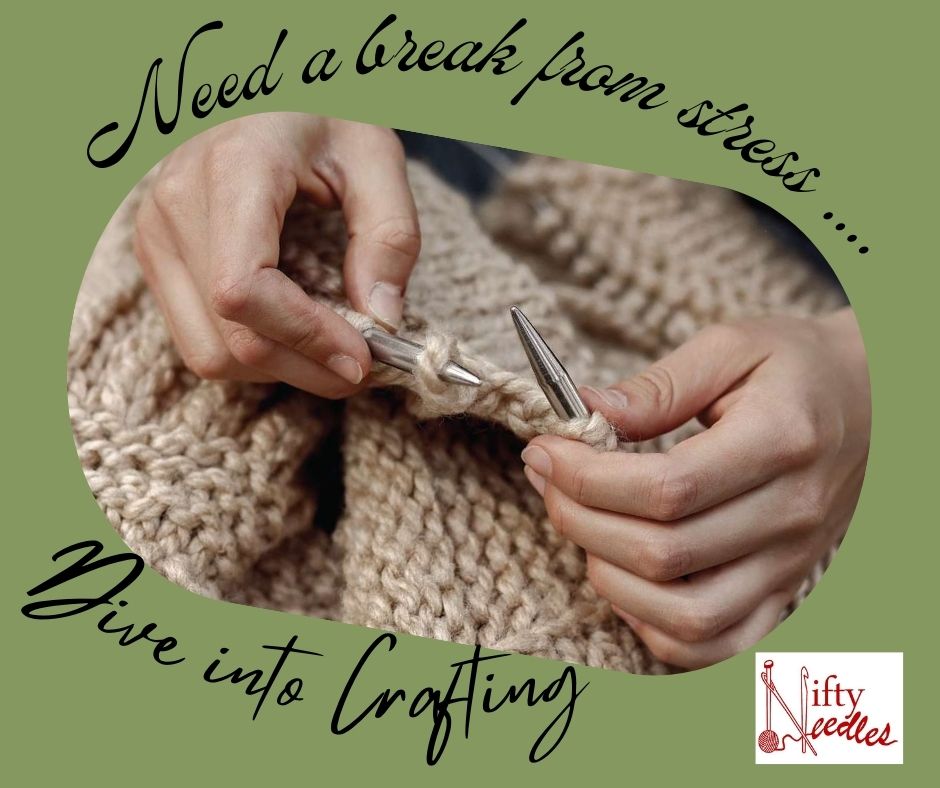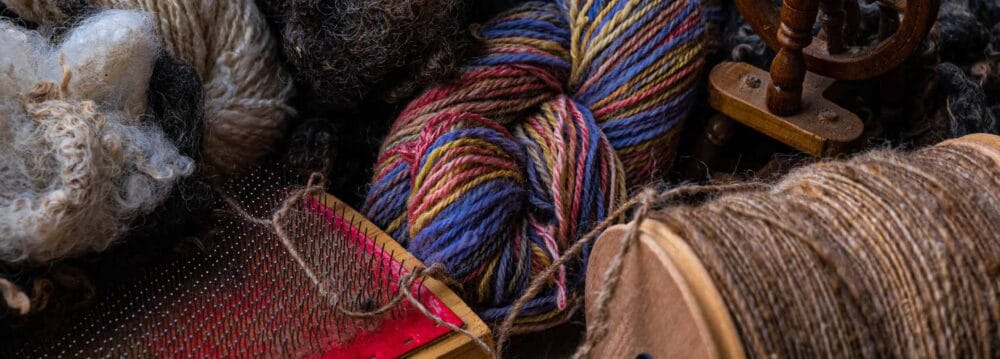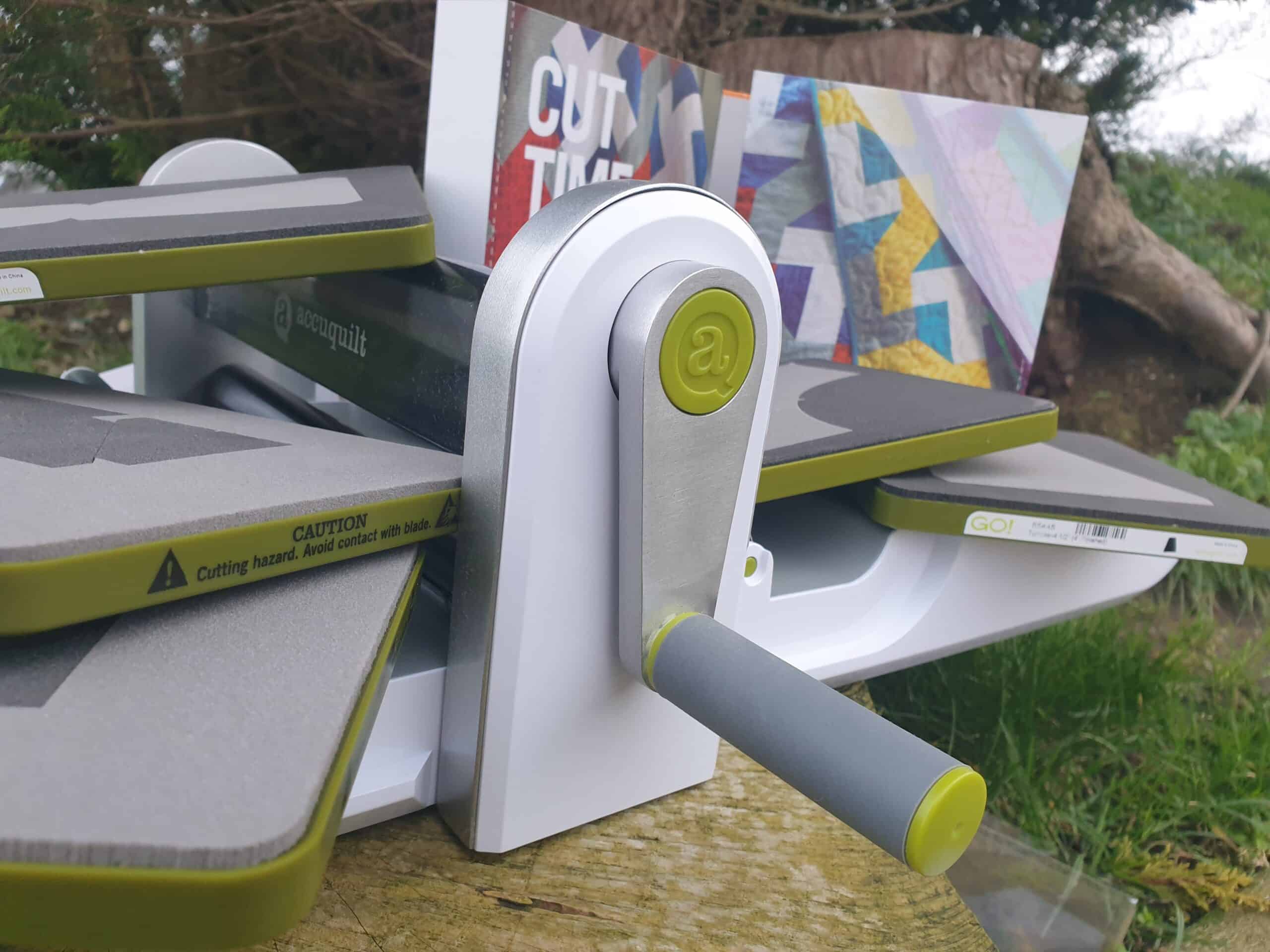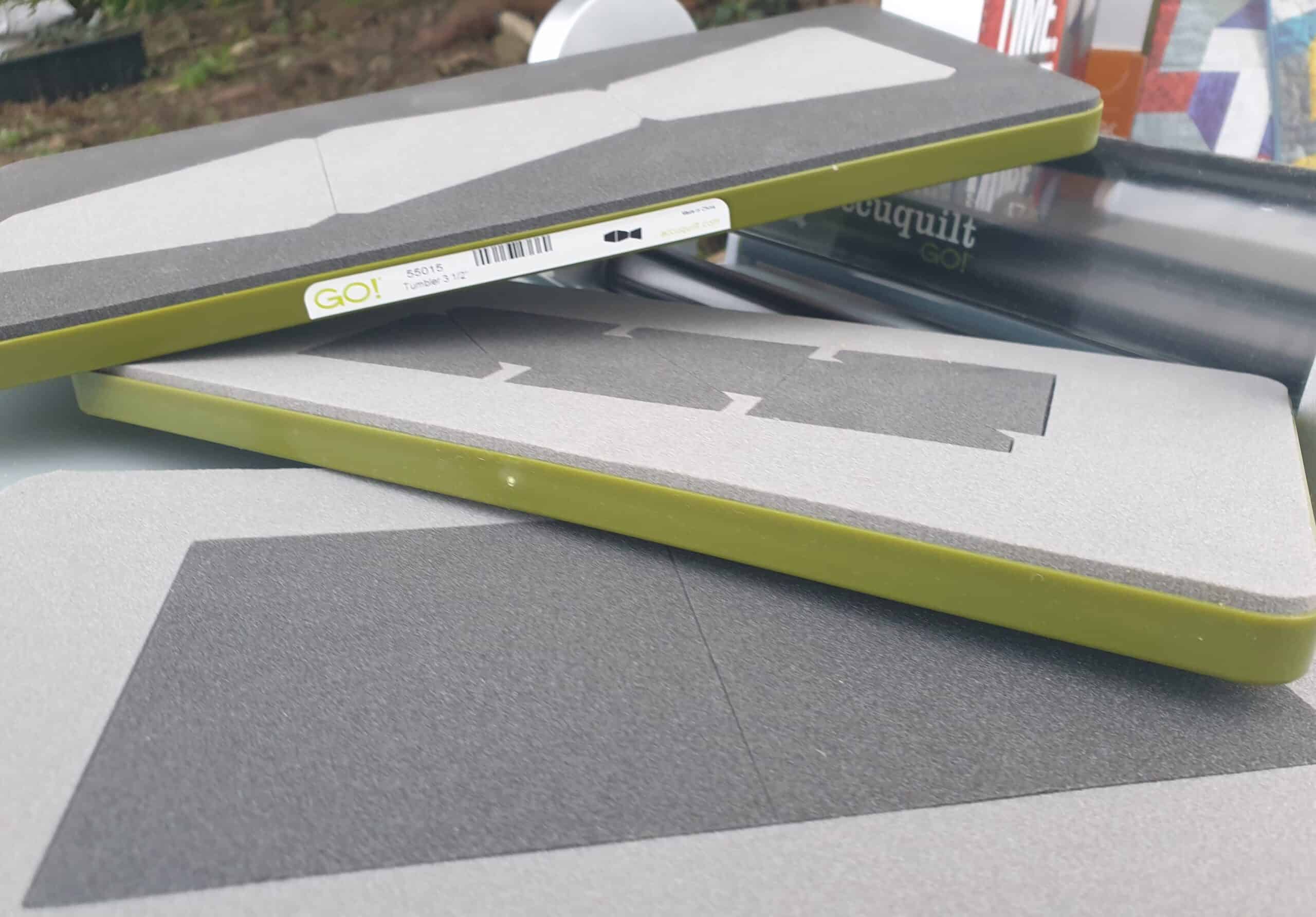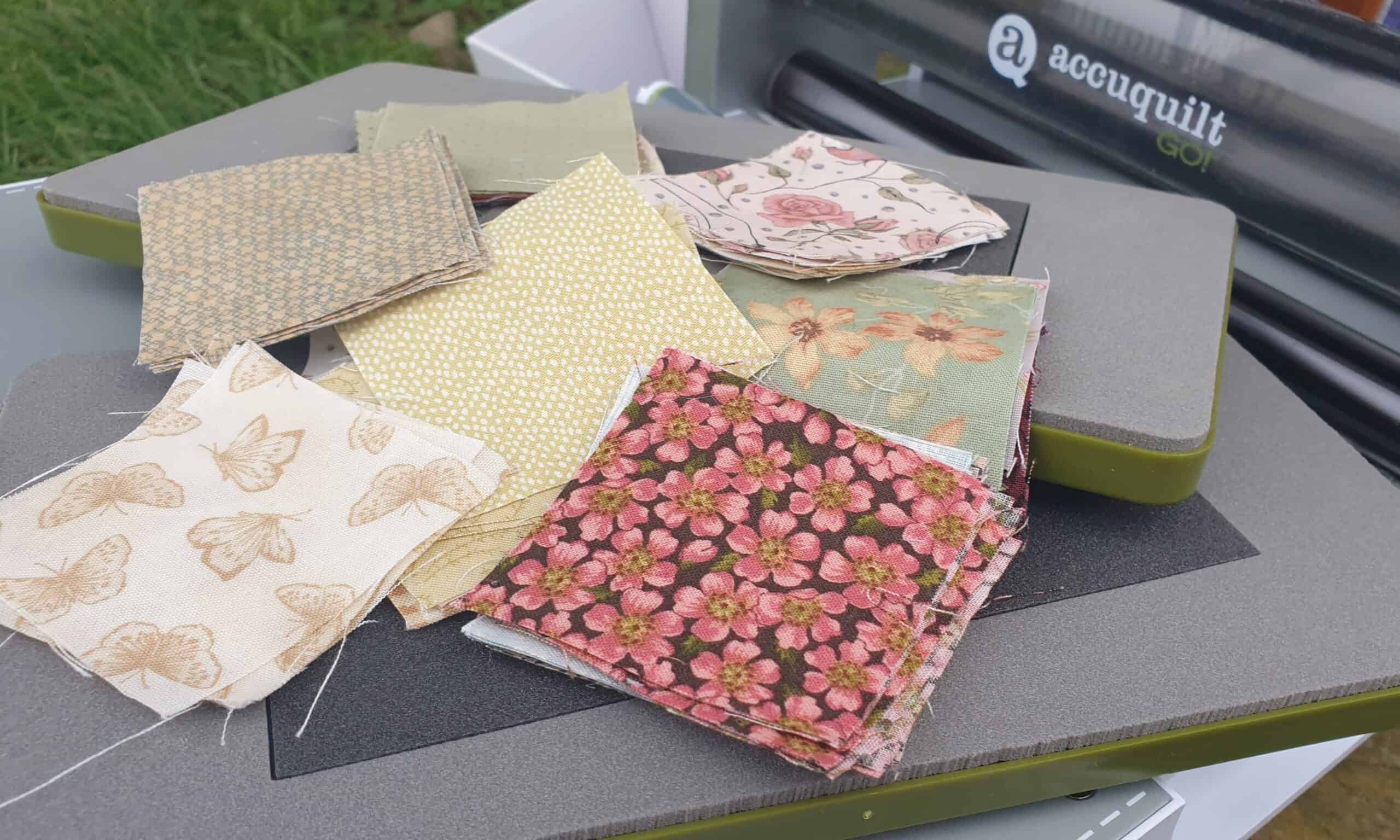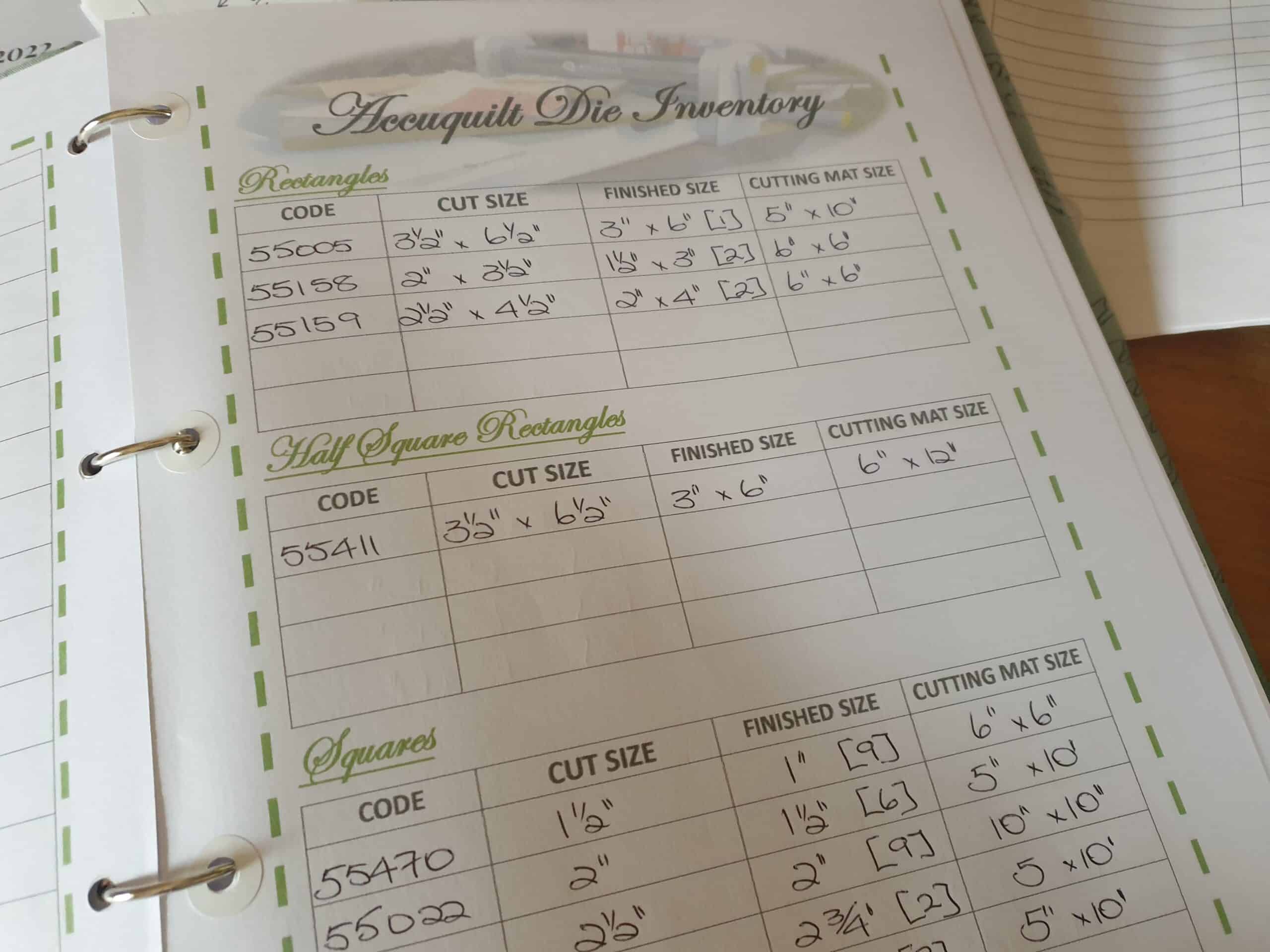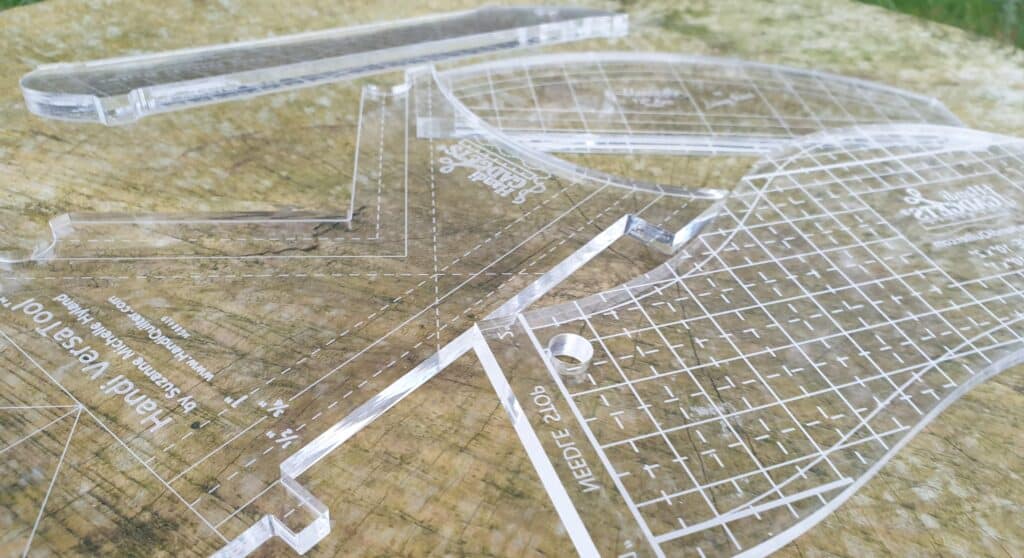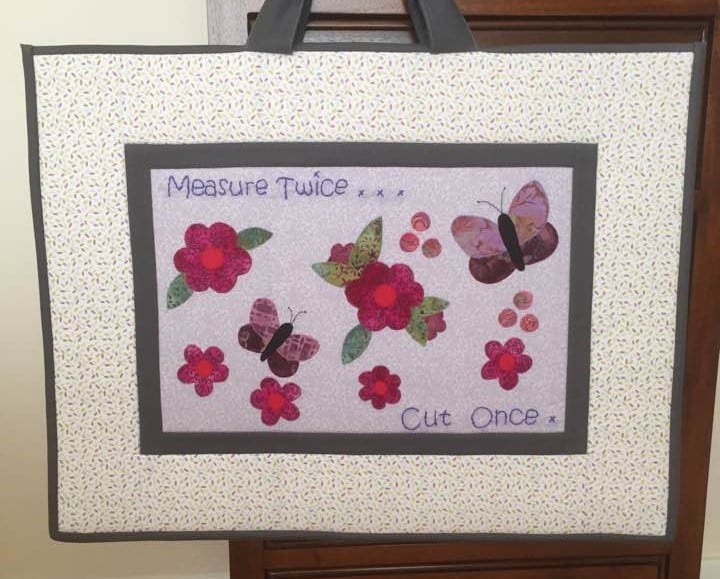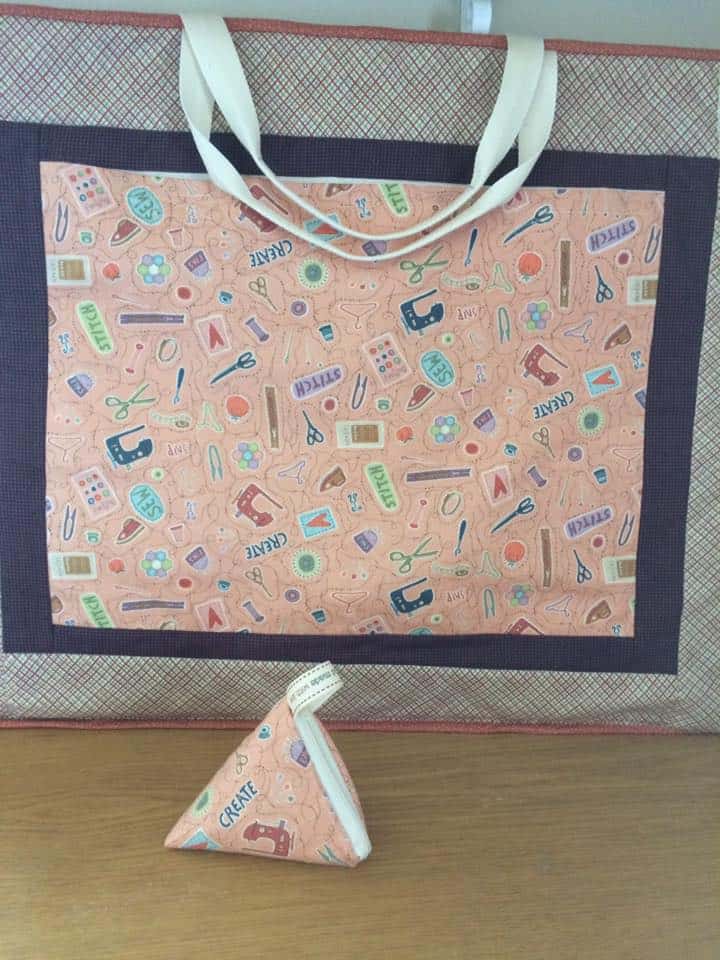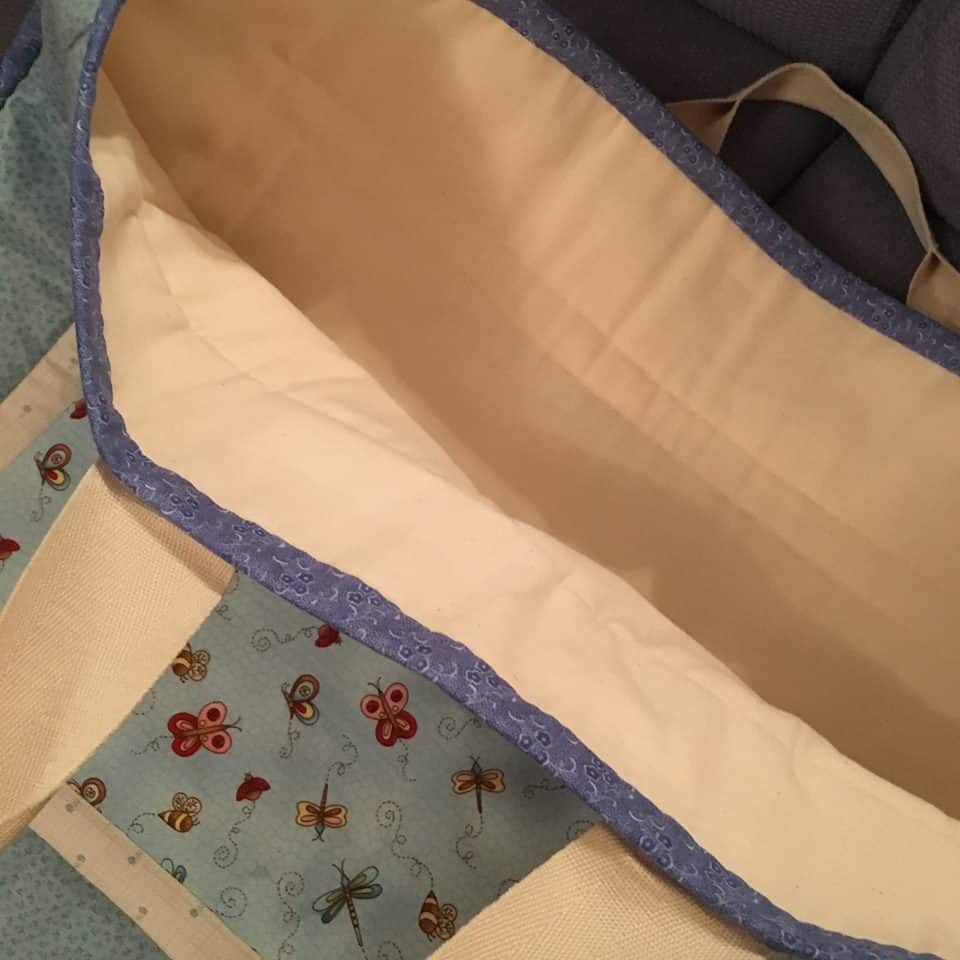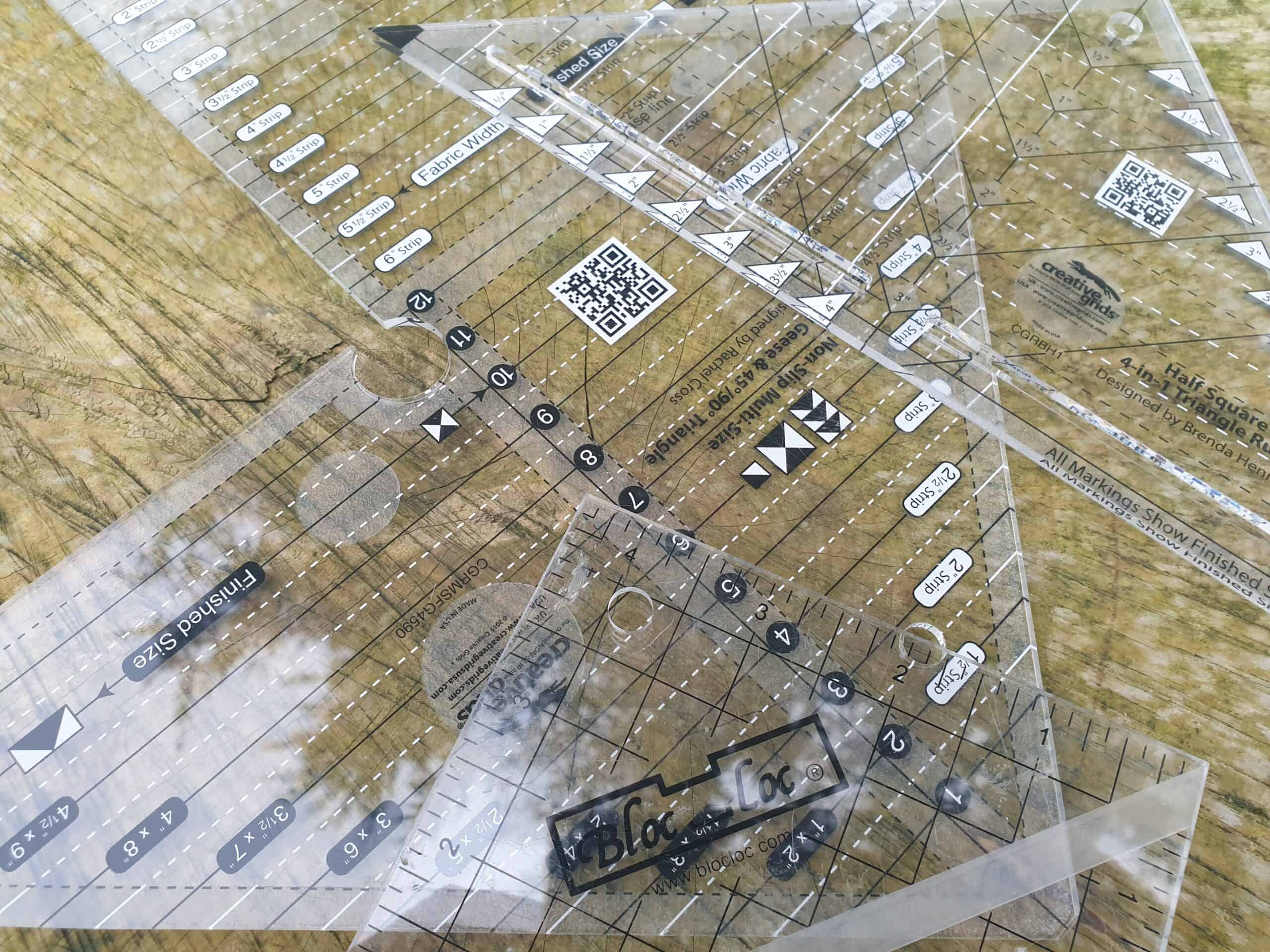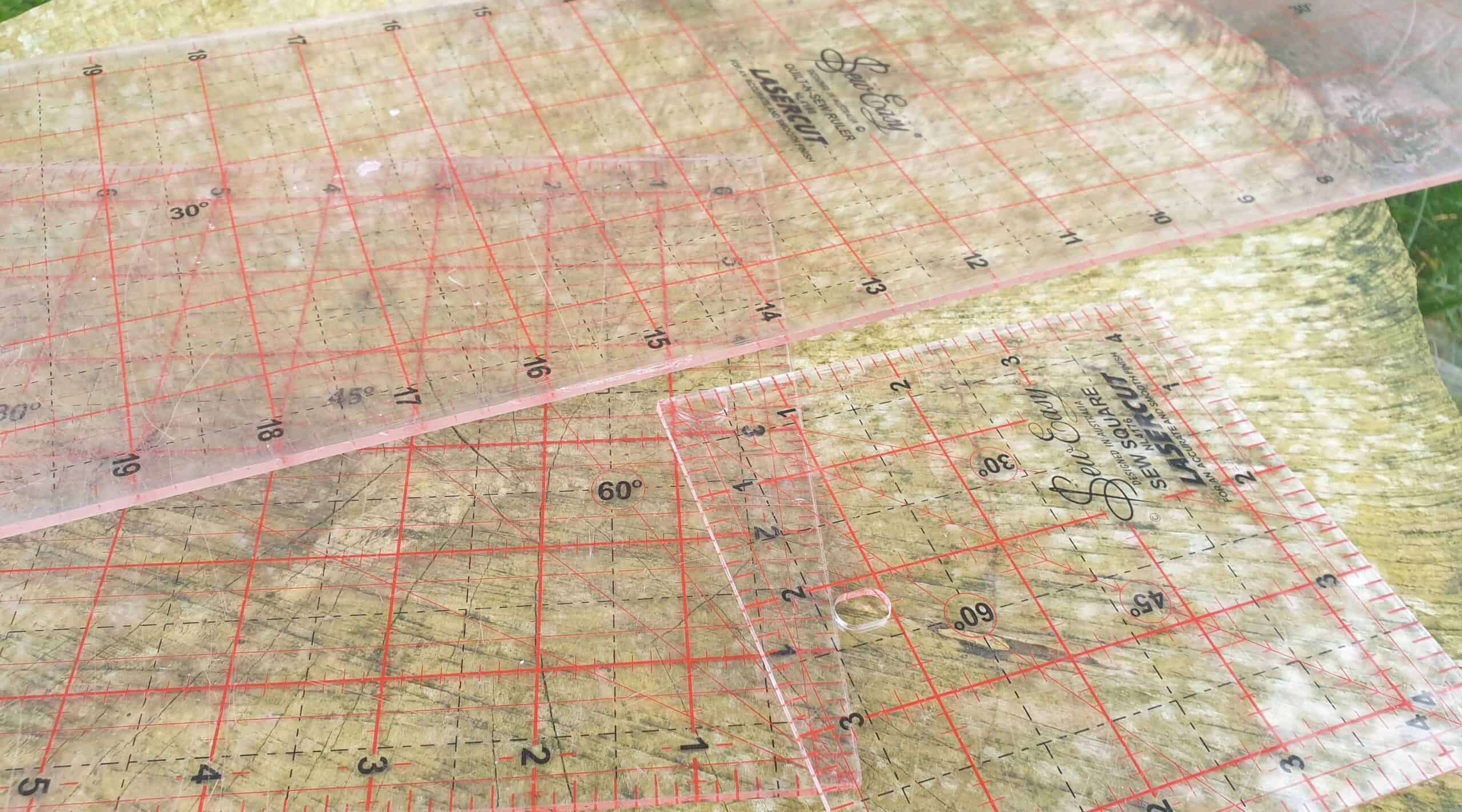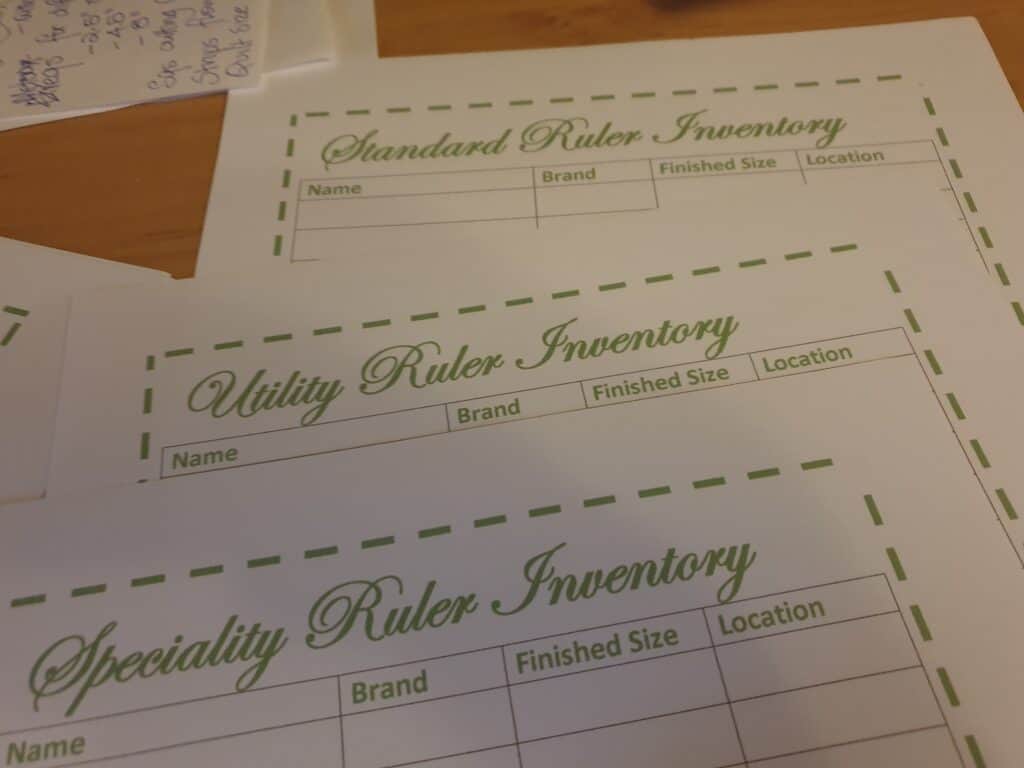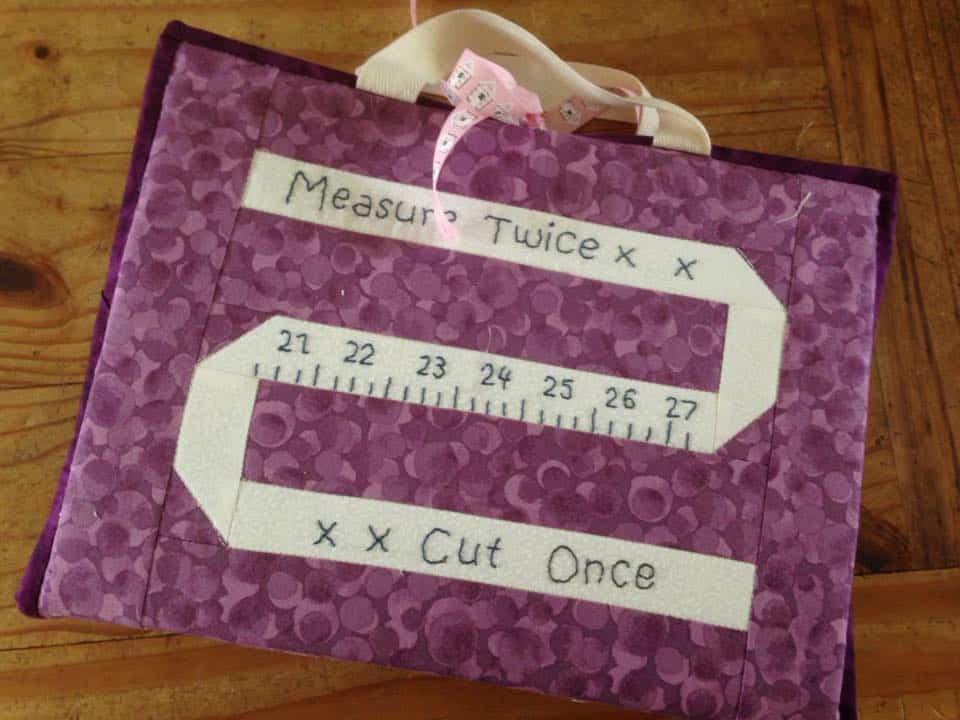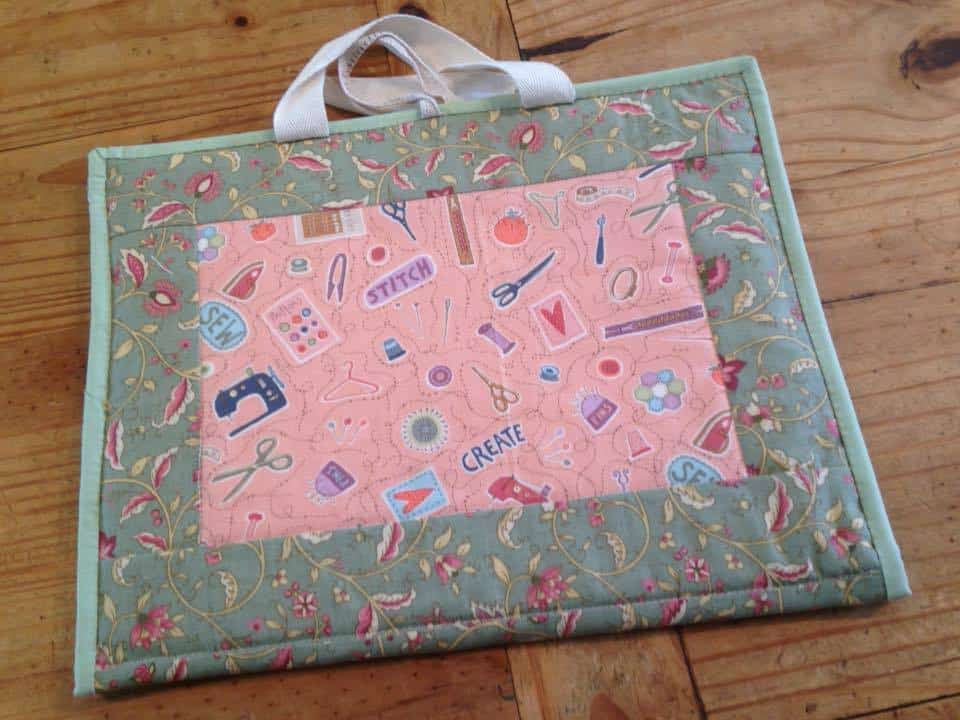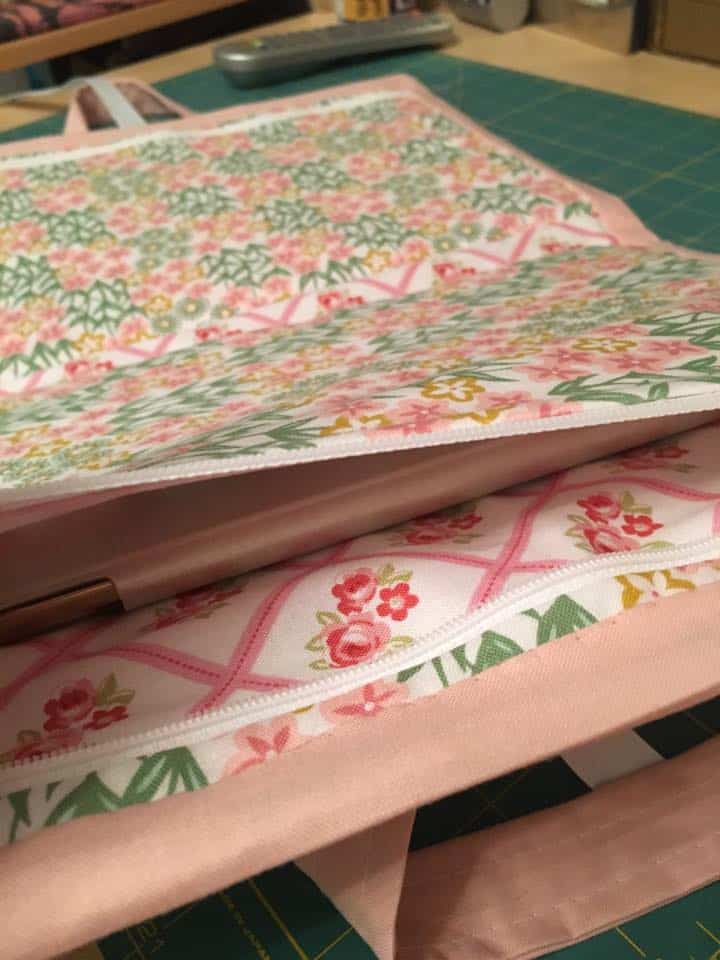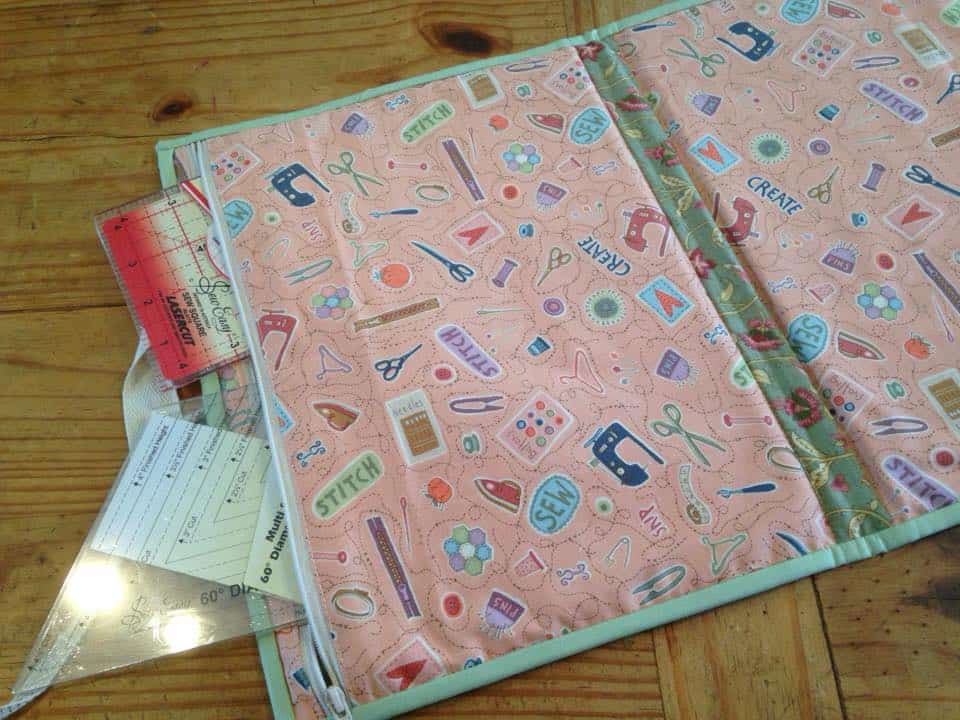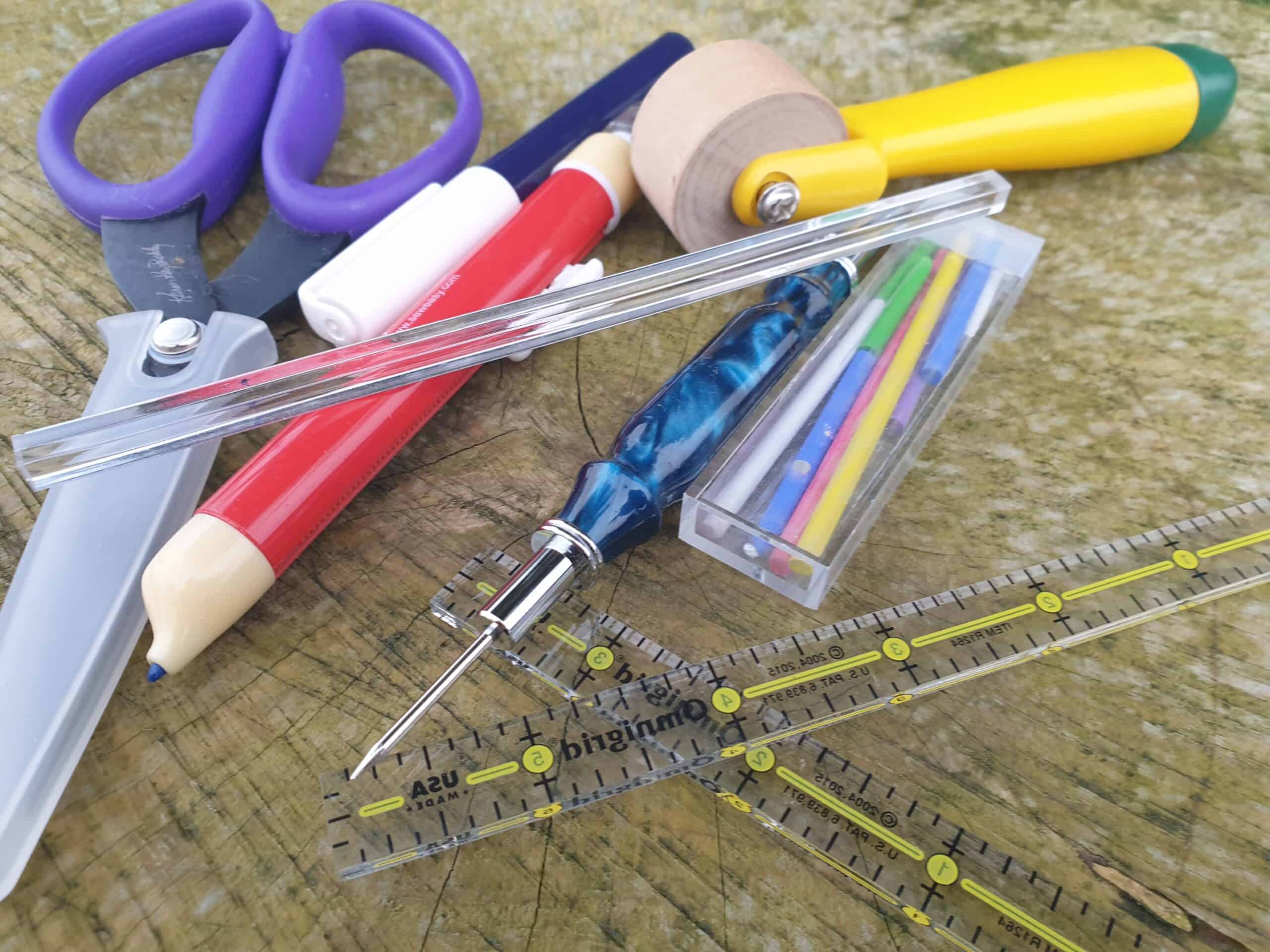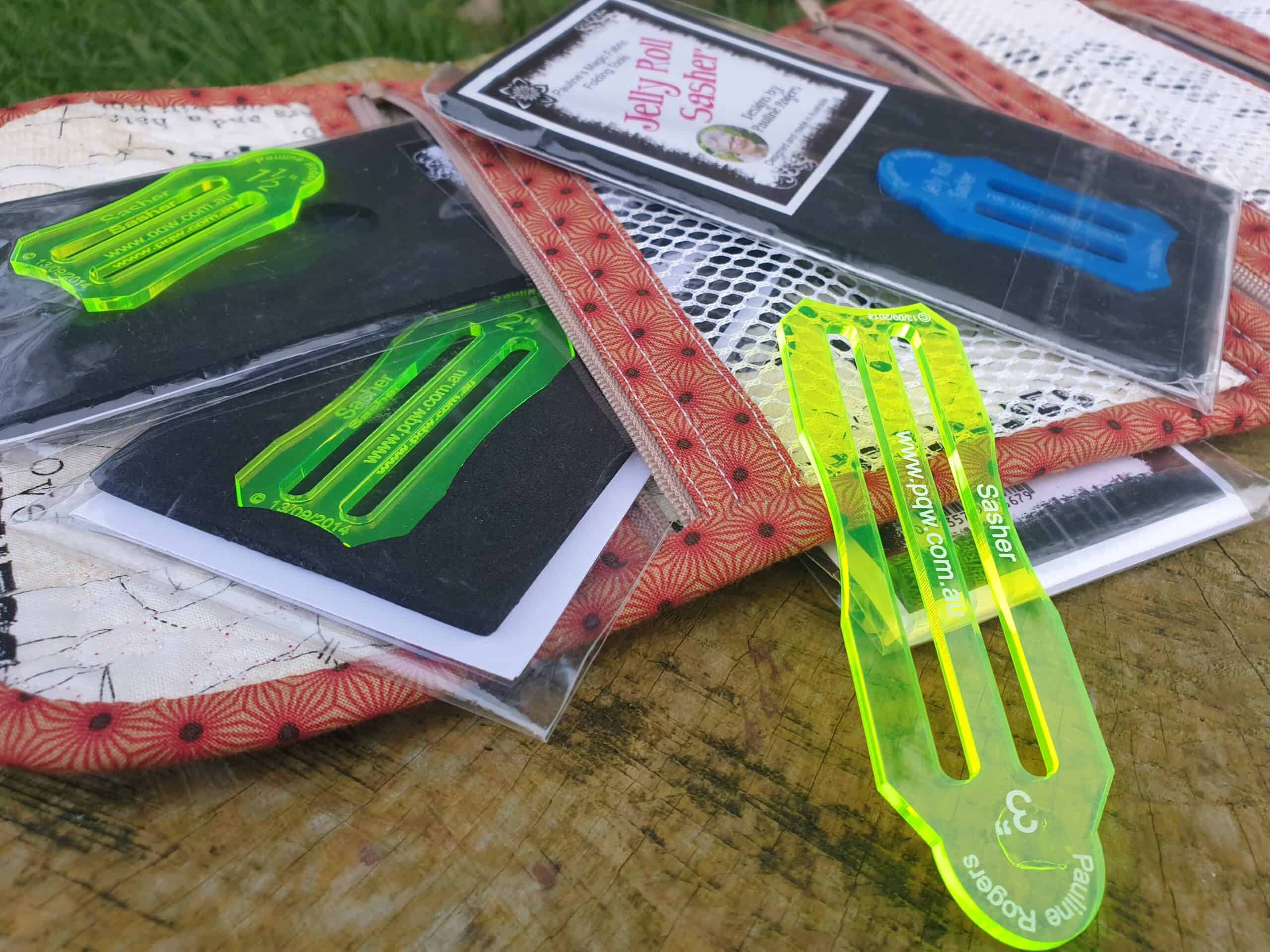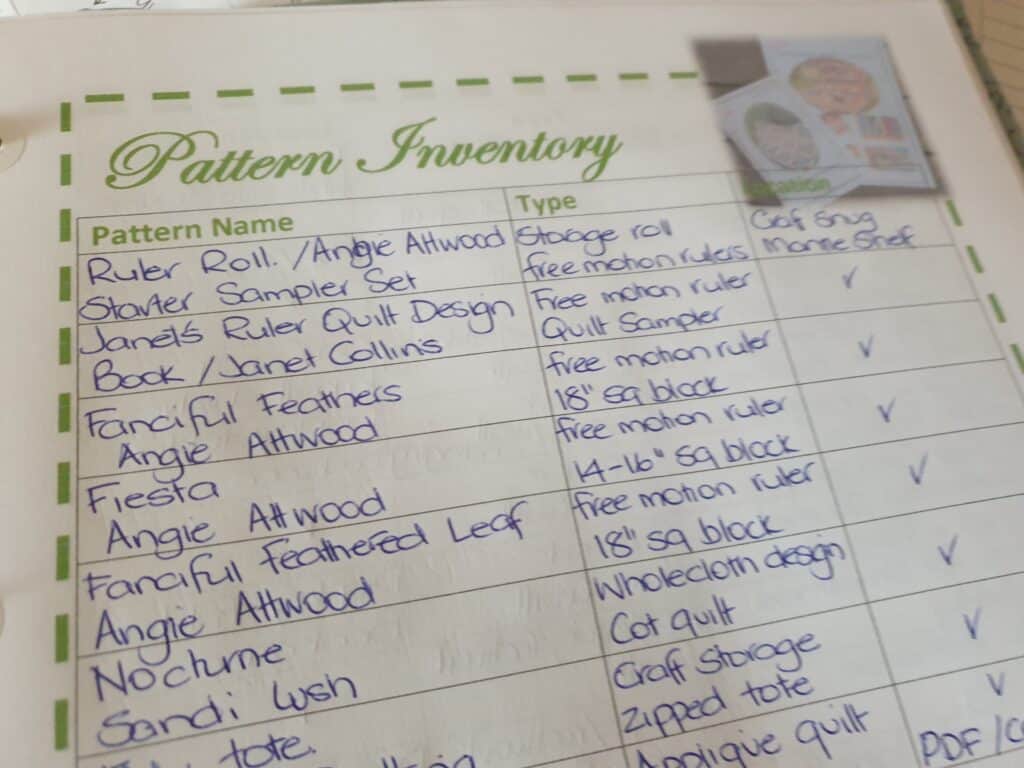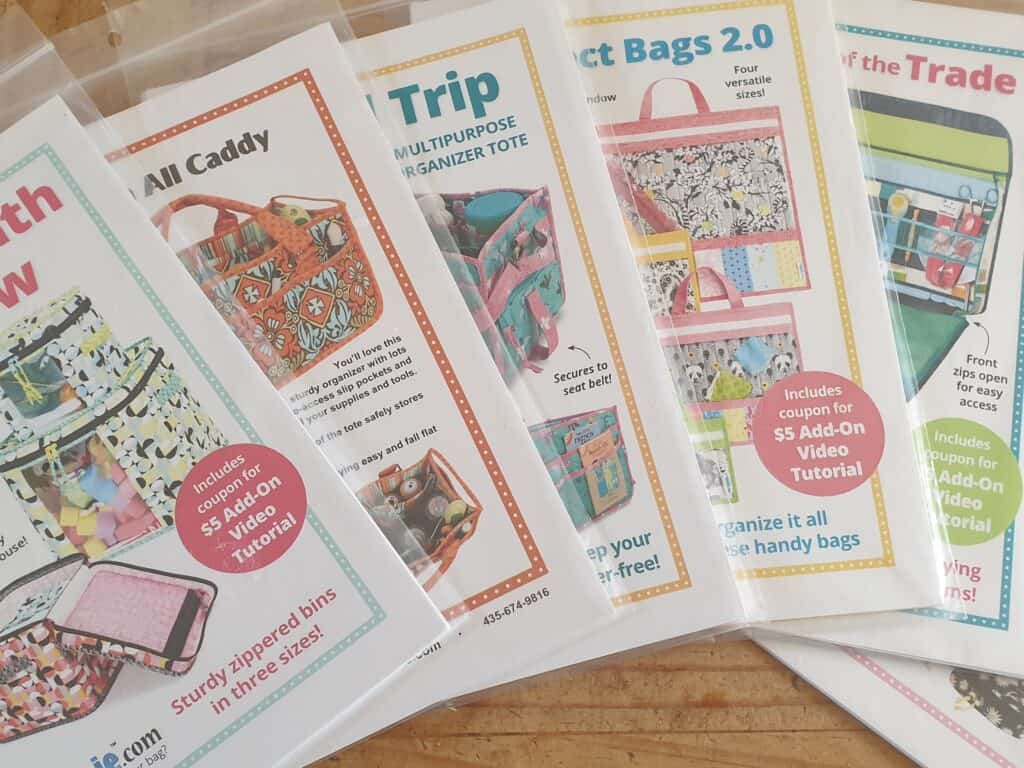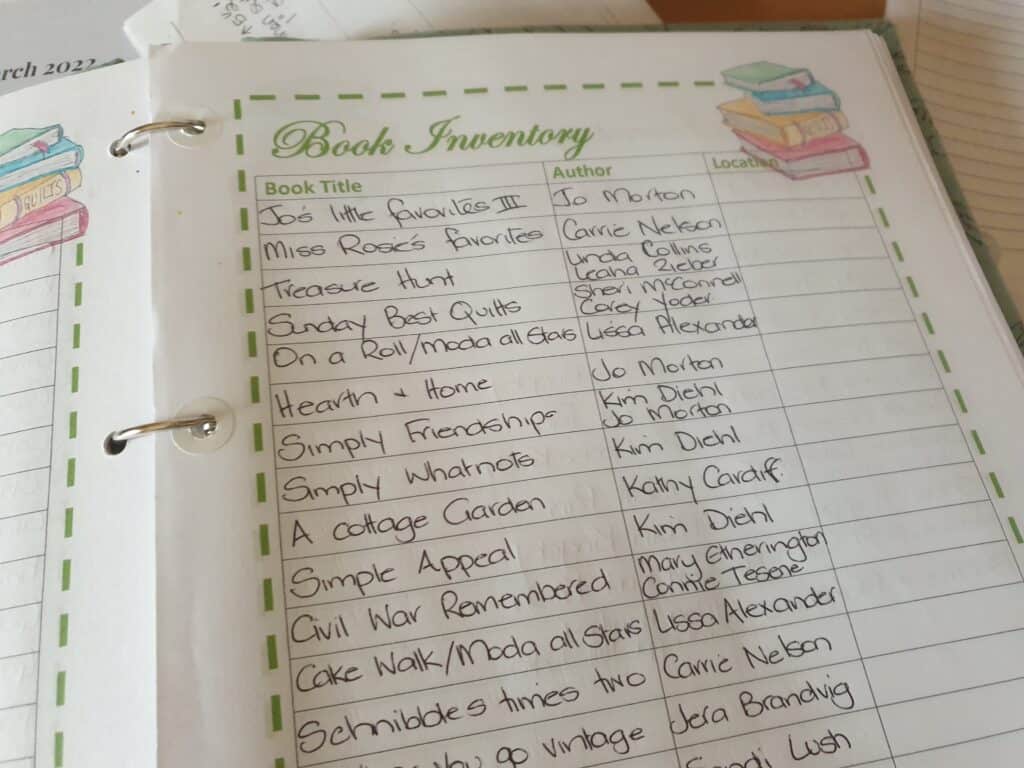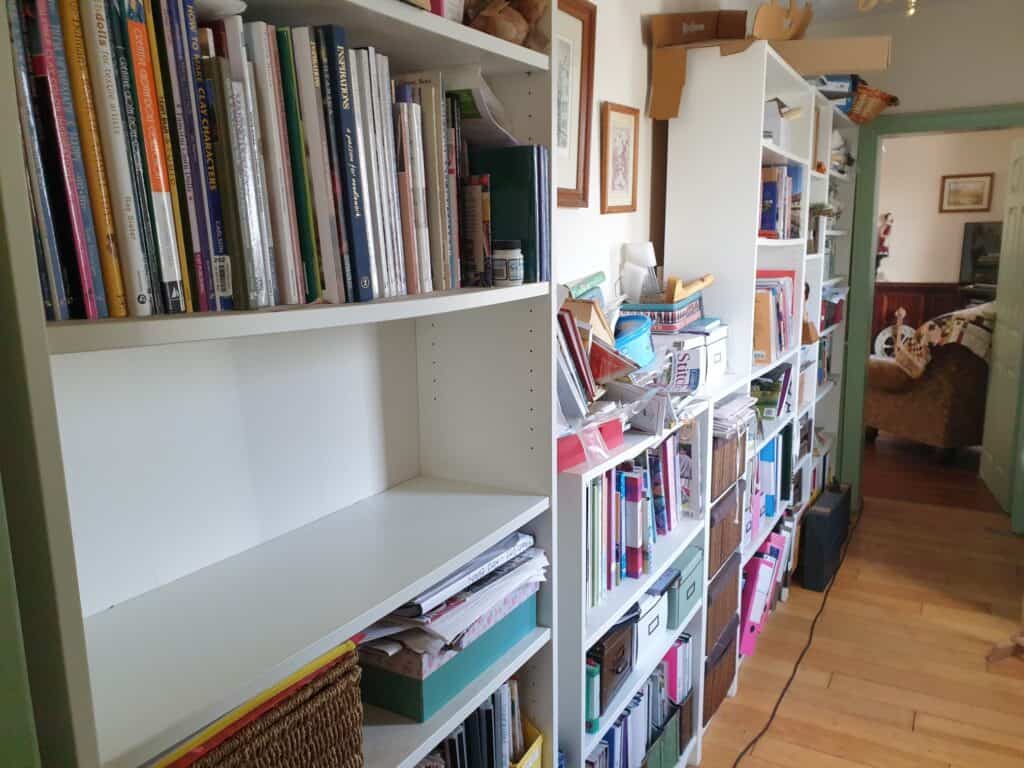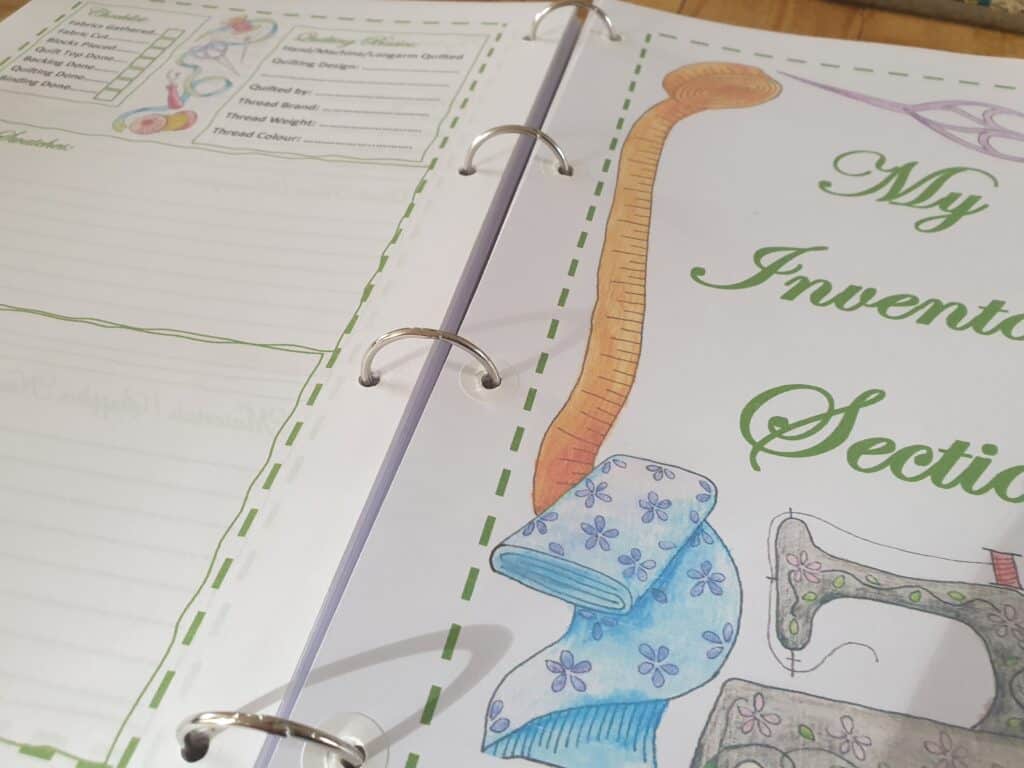April marks Stress Awareness Month, a designated time to highlight the detrimental impact of stress on our lives. Managing stress is not just a luxury but a necessity for maintaining a balanced and healthy lifestyle. Understanding how to effectively manage stress can significantly enhance both our mental and physical well-being. It’s crucial to recognise the signs of stress and anxiety and know how to take proactive steps to build resilience and seek support when needed.
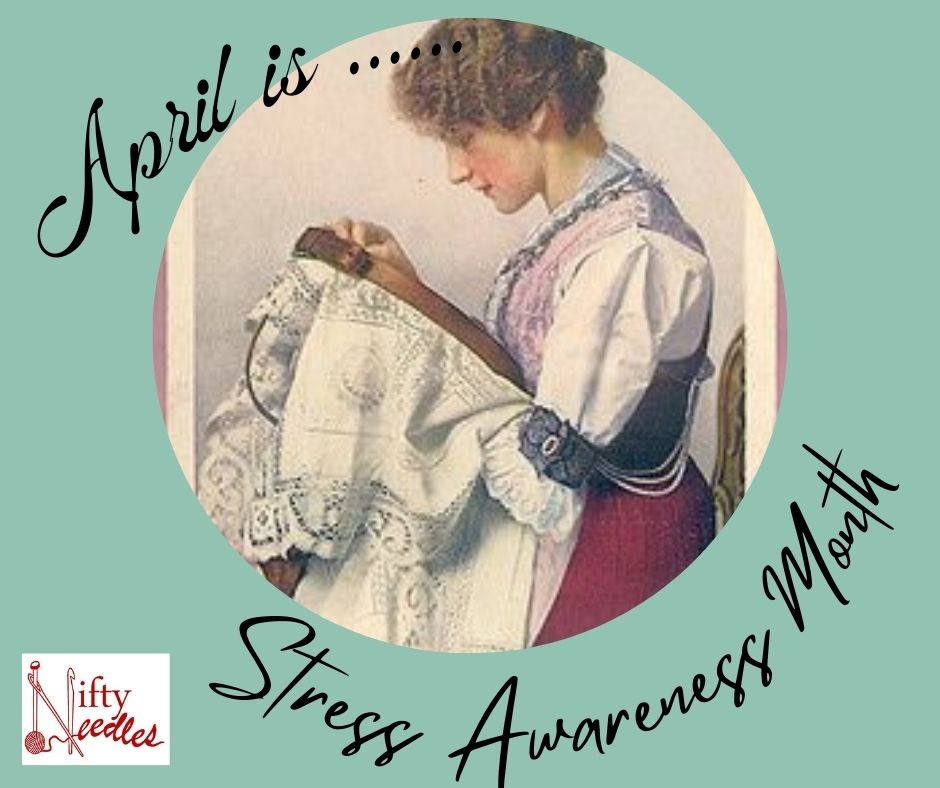
In our quest to reduce stress levels and promote well-being, exploring different strategies is paramount. One such approach gaining recognition is the therapeutic practice of crafting. Research suggests that engaging in creative activities can offer more than just a mere outlet for self-expression or a way to pass the time. Crafting has been found to reduce anxiety, boost mood, and foster happiness, thereby serving as a valuable tool in combating stress and even depression.
Crafting has always been a passion of mine – whether it’s knitting, sewing, spinning, or needlework, I’ve been immersed in creative projects since I was just five years old. Throughout the years, crafting has been a constant companion, offering solace during both the good times and the tough ones. It’s remarkable how this seemingly simple activity serves as an underrated coping mechanism and stress-relieving outlet for daily anxieties.
During periods of extreme stress, whether stemming from demanding work environments or challenging family situations, crafting became my sanctuary. I poured myself into various projects – sewing, knitting, crochet, needlework, and cross-stitching, finding solace in the rhythm of each stitch.
Cross-stitching, in particular, became my go-to during moments of heightened stress or anxiety. There’s something about the focused concentration required, whether sitting outdoors surrounded by nature’s symphony or comfy indoors with a good audiobook or soothing music, that soothes the mind. Counting the squares on the chart, translating the chart symbols into crosses on fabric – it’s a process that demands attention and redirects my thoughts. With each stitch, my mind clears, and I find myself entering a state of calm, completely absorbed in the meditative act of stitching.
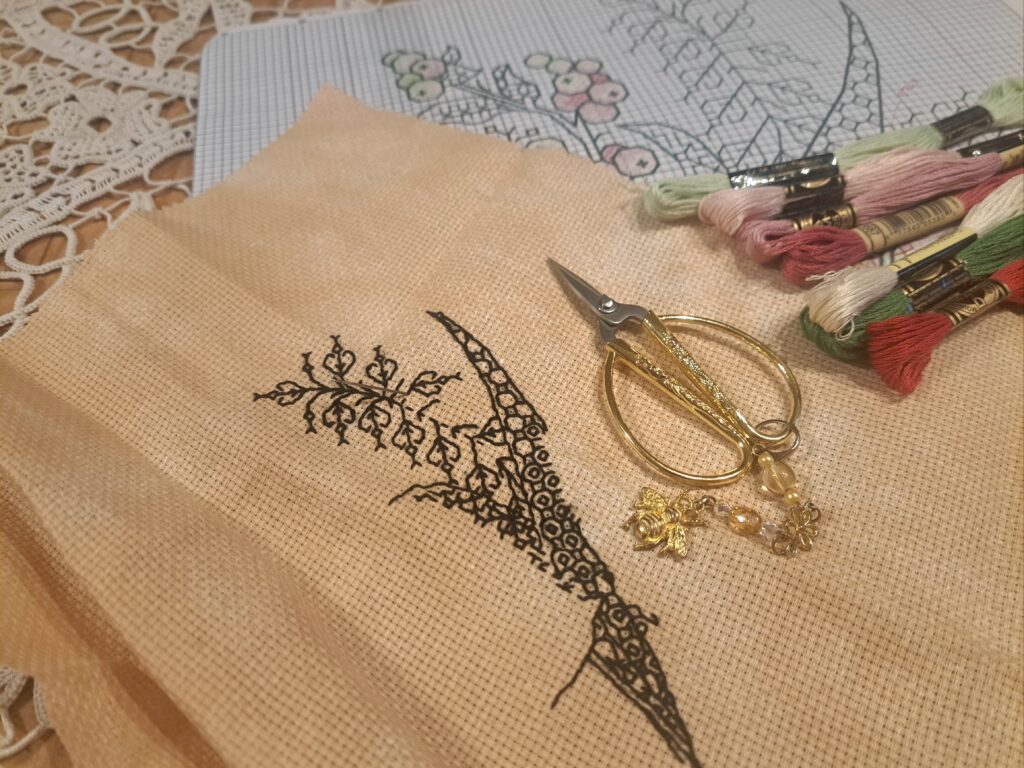
Crafting is not just a pastime; it’s a therapeutic journey that allows individuals to momentarily escape the grasp of their conditions and immerse themselves in the positivity of creation. Engaging in a craft project demands complete focus, akin to the state achieved through meditation. This profound concentration serves as a balm for stress, as it redirects the mind away from worries and towards the task at hand.
The physiological benefits of crafting are equally remarkable. As one delves into their creative pursuit, the brain sends signals of tranquillity throughout the body, leading to a reduction in blood pressure and tension. This flow of relaxation fosters a profound sense of well-being, lifting moods and reducing stress levels. Moreover, the state of flow attained during crafting, where one becomes entirely absorbed in the activity, proves to be both rewarding and enjoyable. The challenge of completing a complex craft further enhances this experience, making it a potent antidote to the strains of daily life.
Indeed, after a taxing day, indulging in a hobby offers more than just a momentary reprieve; it becomes a vital tool for rejuvenation. This “me” time provides an outlet for releasing accumulated stress, offering solace in the act of creation. Additionally, the creative process itself serves as a channel for managing emotions, particularly when words fail to express the depth of one’s feelings. By tapping into our imaginative faculties, crafting enables us to navigate and transcend the tumultuous landscape of stress and anxiety.
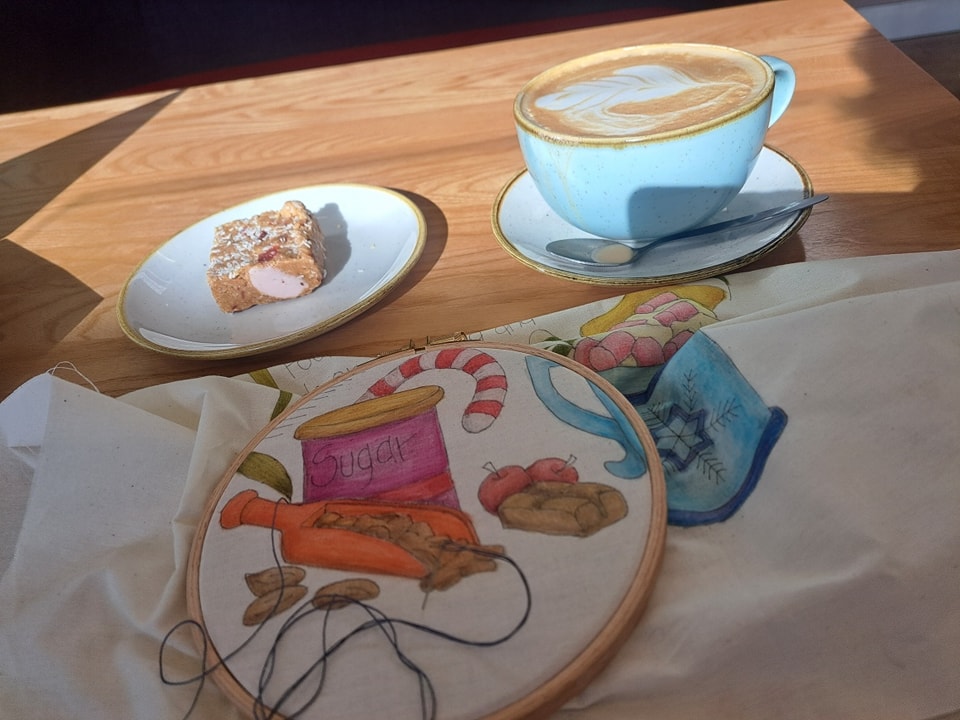
Yet, stress poses a formidable barrier to creativity, disrupting the delicate balance needed for inspiration to flourish. When overwhelmed by stress, our mental capacity falters, stifling the very essence of creativity. The weight of pressure and anxiety encumbers the mind, impeding the free flow of ideas and inhibiting the freedom necessary for creative expression.
However, the solution to this conundrum lies in the very act of creation itself. By exercising our creative faculties, we not only combat stress but also rejuvenate our capacity for innovation. Positive actions serve to replenish the wellspring of creativity within us, offering a pathway to enhanced mental well-being. Therefore, in our quest to conquer stress, let us embrace the power of creativity and engage in activities that nurture our happiness and ignite our imagination.
In the hustle and bustle of daily life, finding time for creative pursuits may seem like a daunting task. However, striking a balance between work commitments and leisure activities is essential for maintaining a healthy work-life equilibrium. One strategy to achieve this balance is by effectively managing your time and integrating your hobby into your daily routine. By prioritising your creative endeavours and scheduling dedicated time for crafting, even amidst busy schedules, you can reap the benefits of reduced stress and enhanced well-being.
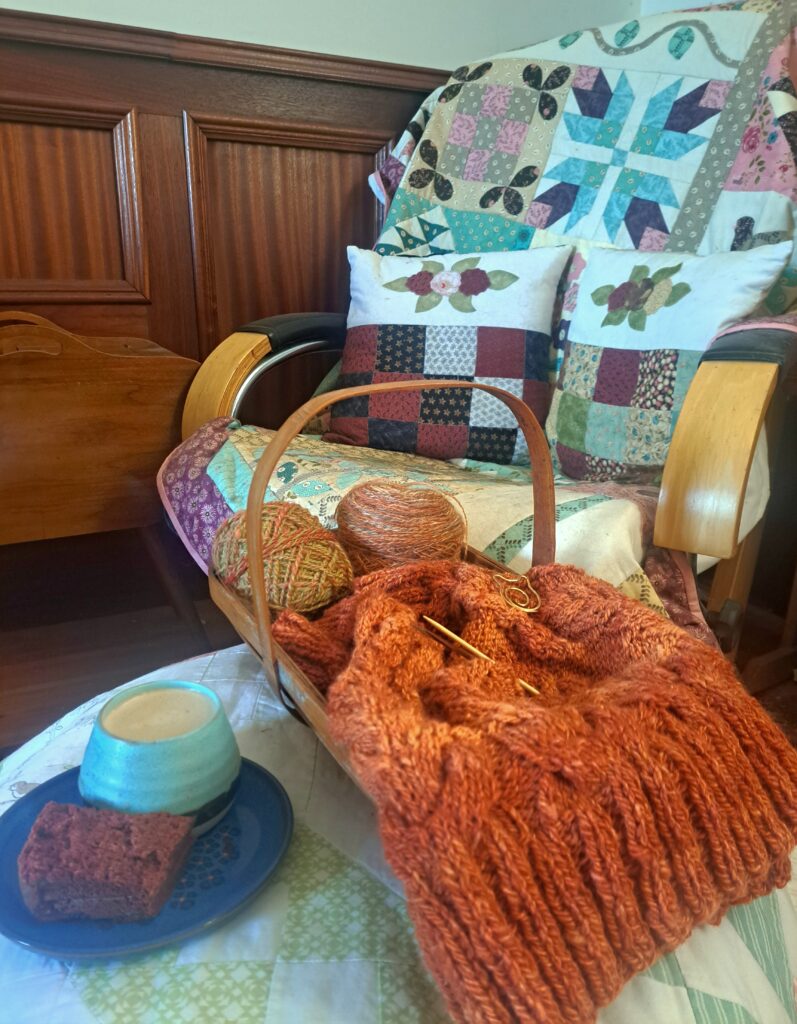
Consider the therapeutic nature of activities such as knitting, crochet, or sewing, where the repetitive motions induce a state of relaxation while fostering creativity. The gentle rhythm of hand-stitching or the rhythmic clicking of knitting needles serves as a soothing melody, guiding you into a tranquil state of mind. As you immerse yourself in the process, focusing intently on each stitch or loop, you’ll find your worries melting away, replaced by a sense of calm and contentment.
Moreover, the completion of a crafting project brings with it a profound sense of accomplishment, triggering the release of dopamine—the feel-good neurotransmitter—in your brain. This surge of positivity not only enhances your mood but also reinforces a happier outlook on life. Embracing the journey of each project, even amidst challenges, fosters a mindset of resilience and growth. By acknowledging the learning opportunities inherent in every endeavour, you cultivate a sense of achievement that transcends the final outcome, paving the way for improved mental health and emotional well-being.
By carving out time for creativity in your daily routine and embracing the therapeutic benefits of crafting, you embark on a journey towards greater harmony and fulfilment. So, whether it’s a few moments of knitting before bed or a weekend dedicated to sewing, prioritise your creative passions and watch as they transform stress into serenity, one stitch at a time.
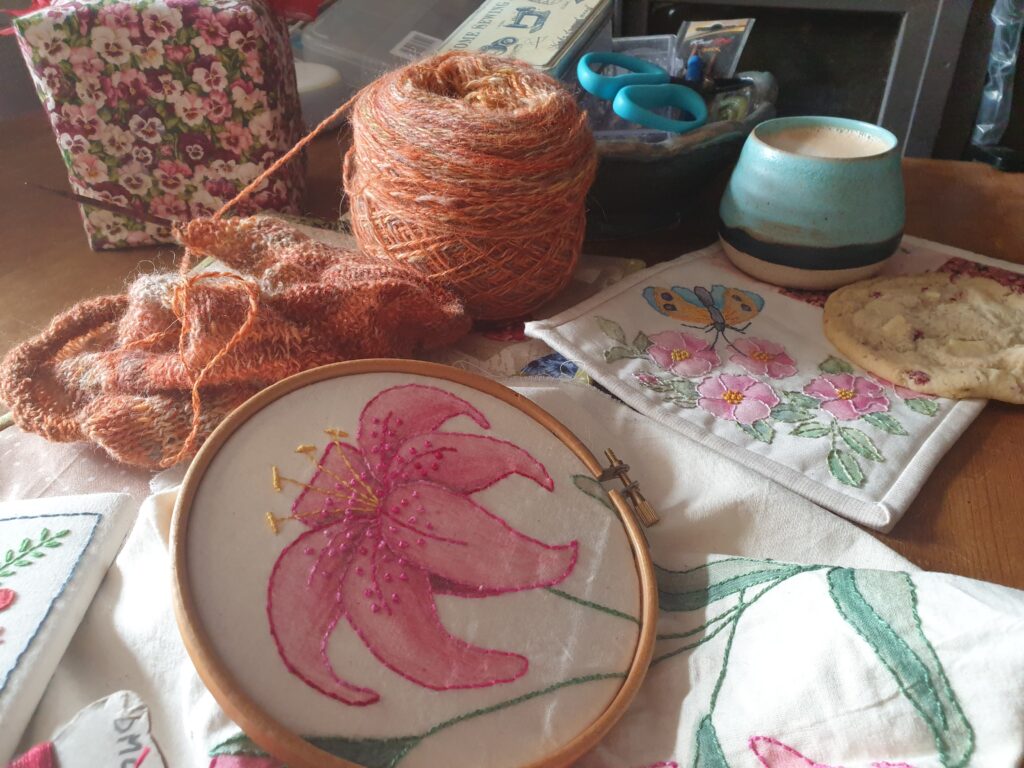
In conclusion, crafting serves as a powerful tool for combating stress and nurturing our mental well-being. Just as meditation brings calmness to the mind, engaging in creative activities like crafting can have a similarly soothing effect. The repetitive nature of crafting fosters a meditative quality, while the focus and attention required provide a healthy distraction from life’s stresses, allowing us to reside fully in the present moment. Through crafting, we find not only an outlet for self-expression but also a sanctuary where stress dissipates, replaced by feelings of accomplishment and uplifted spirits.
As April unfolds and Stress Awareness Month takes centre stage, let’s seize the opportunity to prioritise our mental well-being. It’s a time to explore new avenues for stress relief and self-care, and what better way to do so than by immersing ourselves in the world of crafting? Whether you’re a seasoned enthusiast or a newcomer to the craft scene, there’s something for everyone to discover. I invite you to browse through our collection of crafting kits, carefully curated to inspire creativity and promote relaxation. From hand-stitching to needlework and sewing, each kit offers a gateway to tranquillity and self-discovery.
As you embark on this journey of self-care and stress reduction, remember that you’re not alone. Together, let’s embrace the therapeutic power of crafting and carve out moments of peace and creativity amidst the chaos of daily life. Let April be more than just another month on the calendar; let it be a time of renewal, growth, and above all, a celebration of our commitment to nurturing our mental well-being.
